Reading Blue Mountain & Northern Railroad steam locomotive 2102 sits at the station at Port Clinton, Pennsylvania on October 5th, 2024,during its first day of the year of pulling Fall Foliage Excursions.
According to their website: The Reading Company T-1 class #2102 was built in the Reading’s own locomotive shops in 1945. With drivers of 70” diameter, it weighs 404 tons, and its tender holds up to 26 tons of coal, and up to 19,000 gallons of water. After the Reading Steam era was over, the Reading Company used 2102 for the Reading Rambles on several different excursions. The 2102 has had many different owners since it was retired by the Reading Railroad. It is one of only four to survive. The other remaining locomotives are the 2100, 2101, and 2124.
The Blue Mountain and Reading Railroad purchased the 2102 in 1987, and it ran on the Temple to South Hamburg line into the early 1990’s. Once the Blue Mountain and Reading Railroad became the Reading Blue Mountain & Northern, the 2102 ran over Reading & Northern’s rails for a short time before it was removed from service in the early 1990’s.
In 2022, steam locomotive 2102 reentered service on the Reading & Northern. The locomotive has been used actively to pull both passenger excursions and revenue freight trains.
Tech Info: Nikon D810, RAW, Nikon 70-300 @ 300mm, f/5.6, 1640, ISO 180.


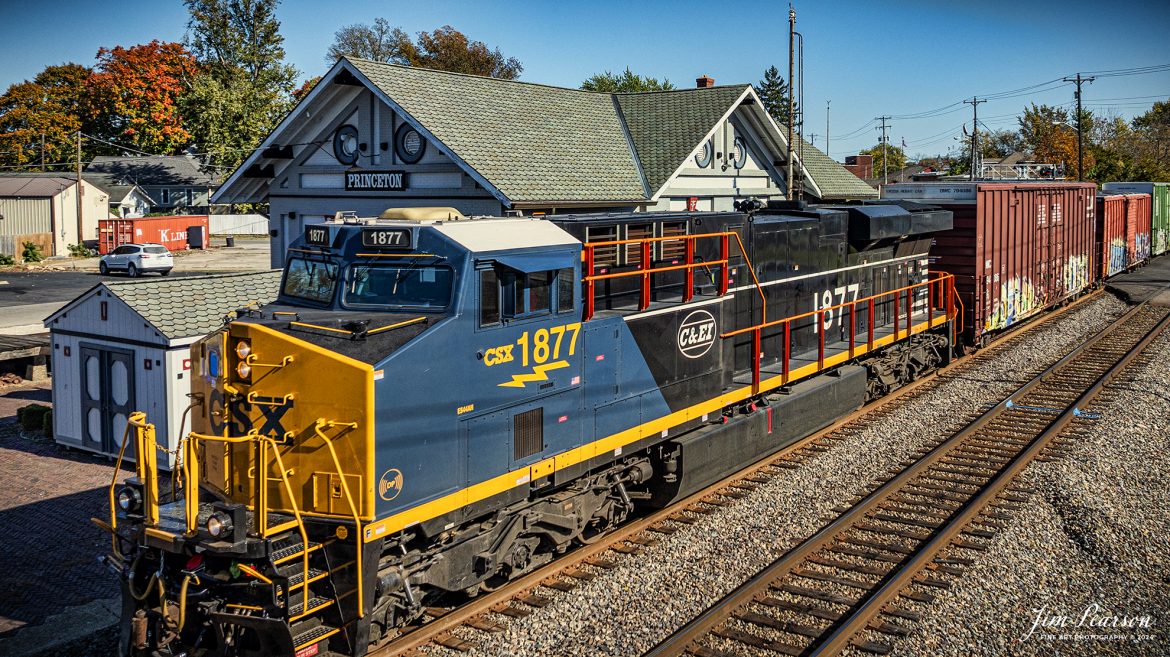
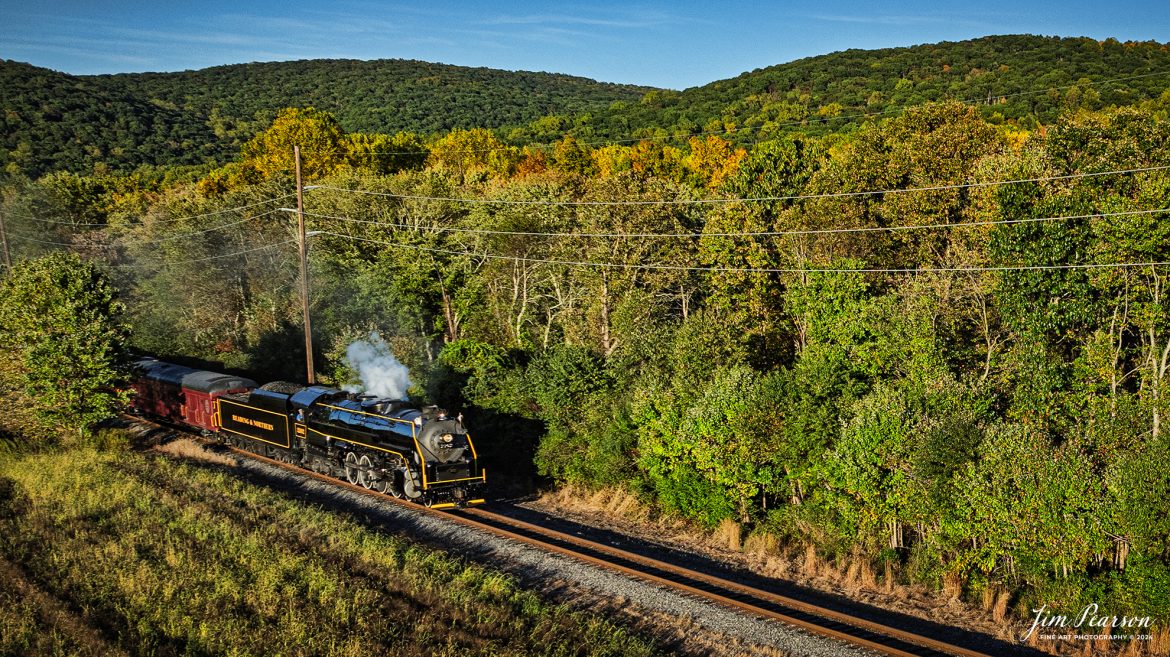
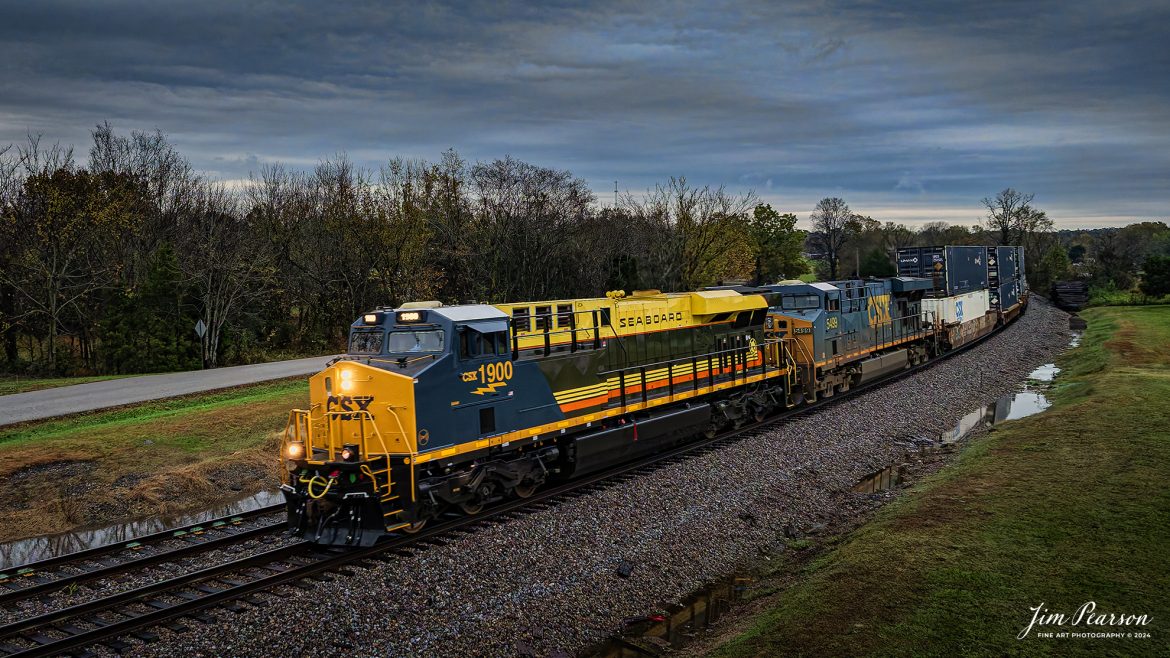

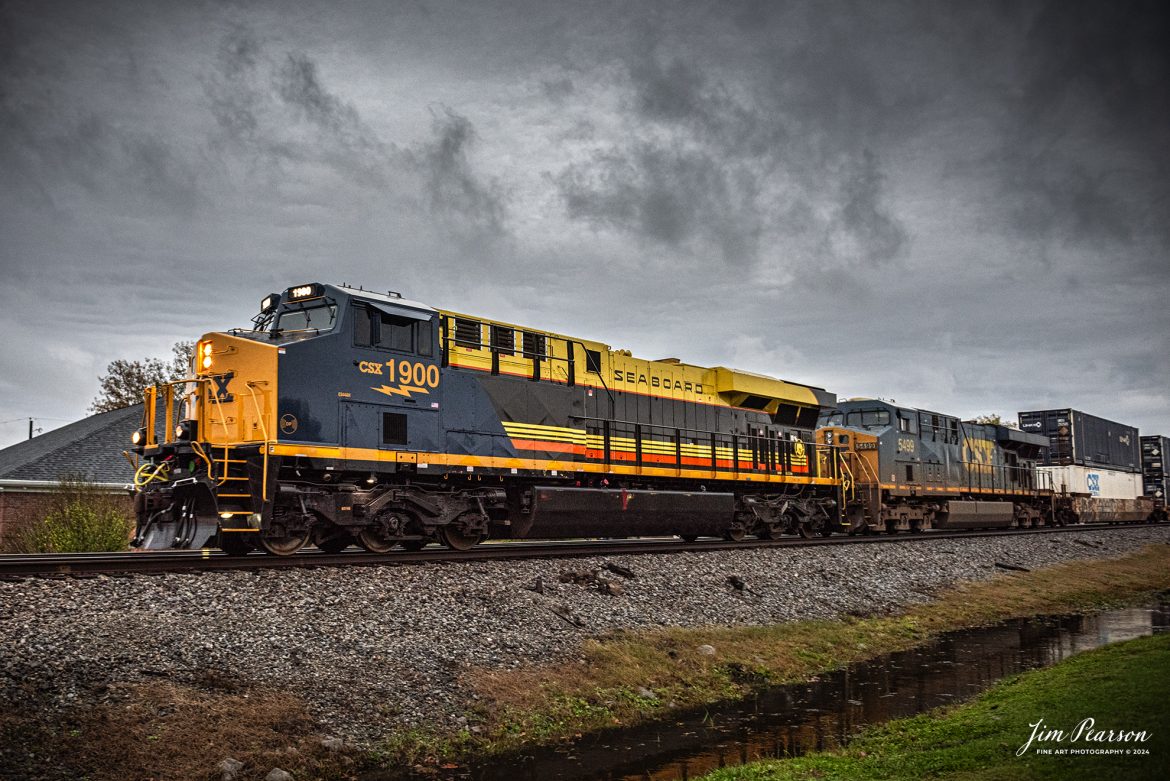
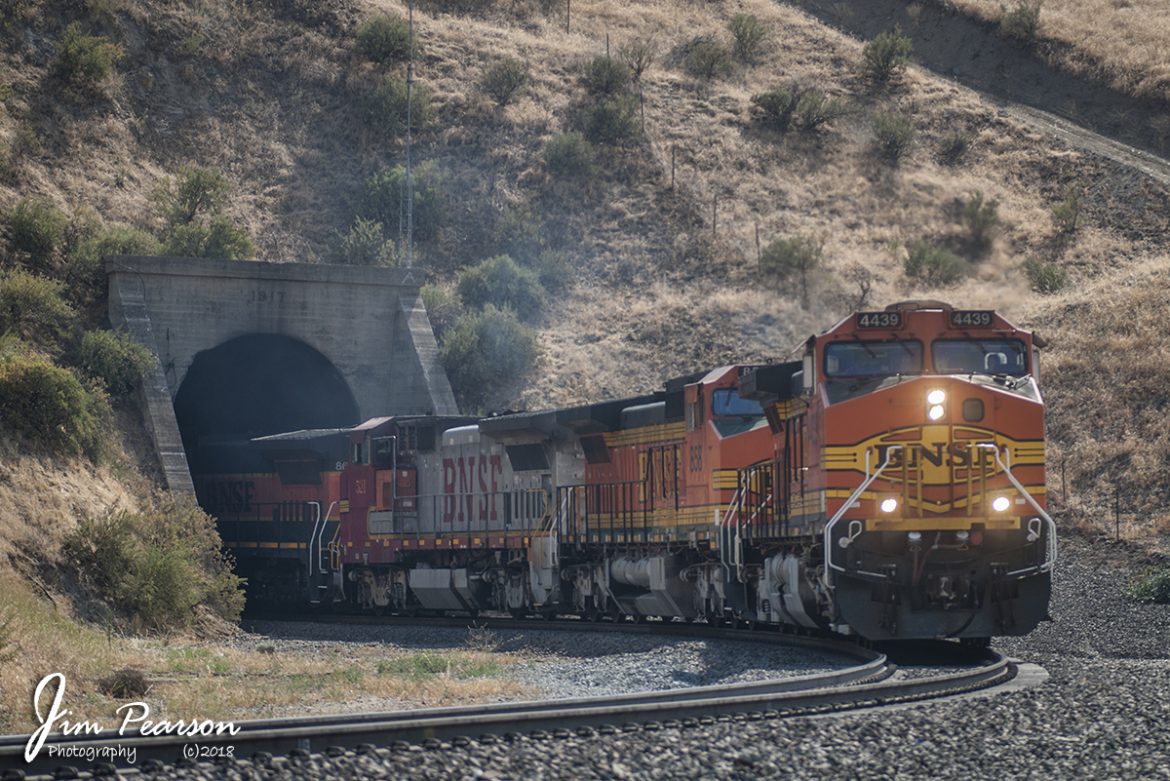
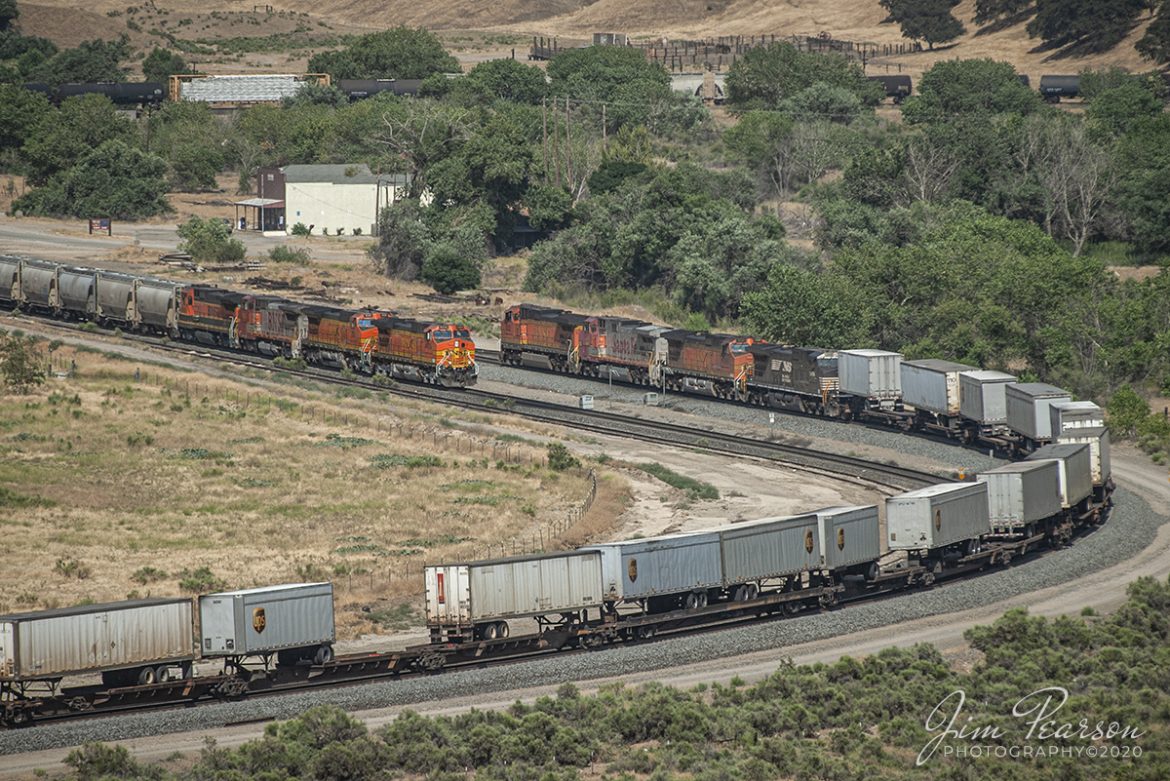





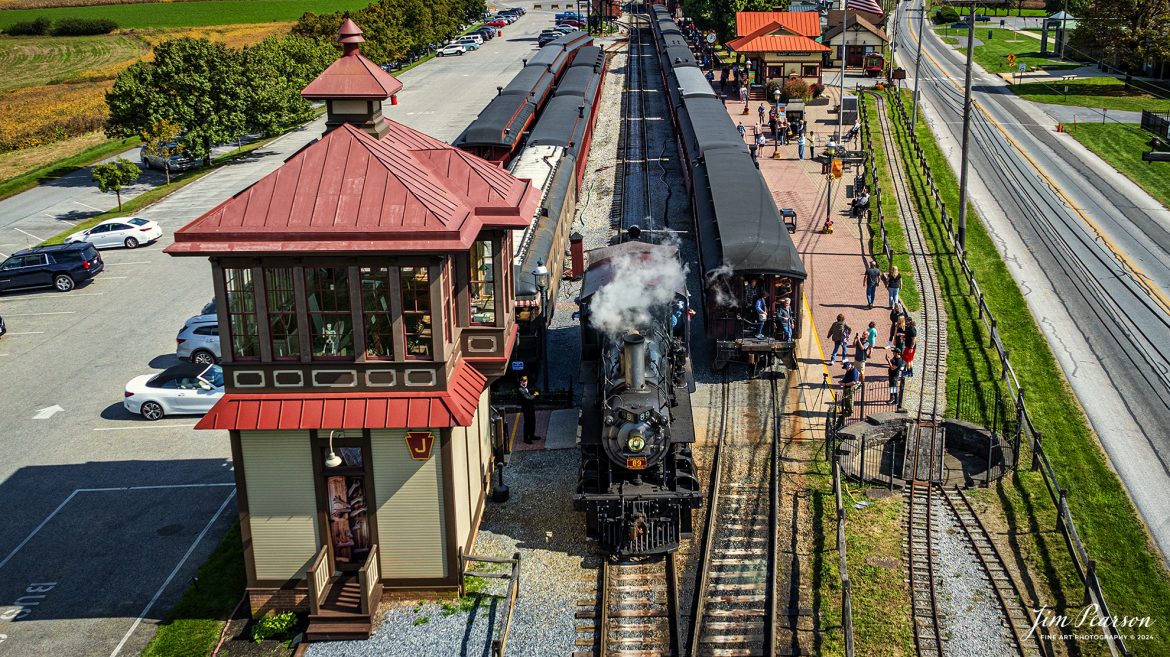


![A Southern Pacific tank train makes it's way through the Cajon Pass in Sothern California in March of 1995 with 5 units pulling hard.
I spent a lot of years railfanning the pass between 1981 and 1995! It's a great place to catch trains and I've been back several times over the years since then.
In fact I'm headed back again this coming September for a week or so to see how much it has changed since I was last there several years ago. In fact, it was before I had a drone, so I'm really looking forward to railfanning from the air this next trip!
According to Wikipedia: Cajon Pass is a mountain pass between the San Bernardino Mountains to the east and the San Gabriel Mountains to the west in Southern California. Created by the movements of the San Andreas Fault, it has an elevation of 3,777 ft (1,151 m).[1] Located in the Mojave Desert, the pass is an important link from the Greater San Bernardino Area to the Victor Valley, and northeast to Las Vegas. The Cajon Pass area is on the Pacific Crest Trail.
Cajon Pass is at the head of Horsethief Canyon, traversed by California State Route 138 and railroad tracks owned by BNSF Railway and Union Pacific Railroad. Improvements in 1972 reduced the railroad's maximum elevation from about 3,829 to 3,777 feet (1,167 to 1,151 m) while reducing curvature. Interstate 15 does not traverse Cajon Pass, but rather the nearby Cajon Summit. The entire area, Cajon Pass and Cajon Summit, is often referred to as Cajon Pass, but a distinction is made between Cajon Pass and Cajon Summit.
Nikon F3 Camera, Nikon 70-300mm lens, f/stop and shutter speed not recorded](http://www.jimpearsonphotography.com/wp-content/uploads/2024/11/WEB-03.1995-SP-Train-at-Morman-Rocks-1170x675.jpg)
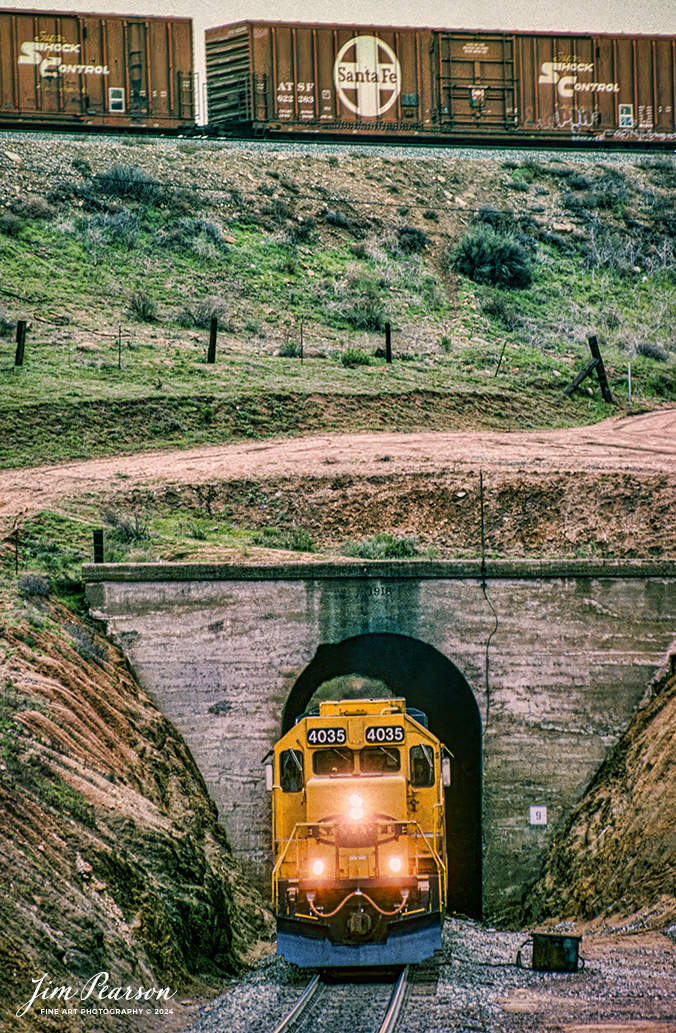
![Santa Fe 5404 leads 8 locomotives as they climb upgrade through the Tehachapi Pass in central California in during early 1995 passing a caboose parked in a house track. Unfortunately I can't remember off the top of my head where this spot is at or what it's called. Anyone know?
According to Wikipedia: Tehachapi Pass (Kawaiisu: Tihachipia, meaning "hard climb") is a mountain pass crossing the Tehachapi Mountains in Kern County, California. Traditionally, the pass marks the northeast end of the Tehachapi’s and the south end of the Sierra Nevada range.
The route is a principal connector between the San Joaquin Valley and the Mojave Desert. The Native American Kitanemuk people used the pass as a trade route before the American settlement of the region in the 19th century. The main line of the former Southern Pacific Railroad opened though the pass in 1876;[4] the tracks are now owned by the Union Pacific Railroad and shared with BNSF Railway as the Mojave Subdivision. U.S. Route 466 was built in the 1930s, and the road is now State Route 58. The Pass is also the route of the planned California High-Speed Rail line.
Tech Notes: Nikon F3 Film Camera, Nikon 300mm, f/stop and shutter speed not recorded
#railroad #railroads #train #trains #bestphoto #railroadengines #picturesoftrains #picturesofrailway #bestphotograph #photographyoftrains #trainphotography #JimPearsonPhotography](http://www.jimpearsonphotography.com/wp-content/uploads/2024/11/WEB-03.1995-SF-5404-in-the-Tehachapi-Pass-1170x762.jpg)
